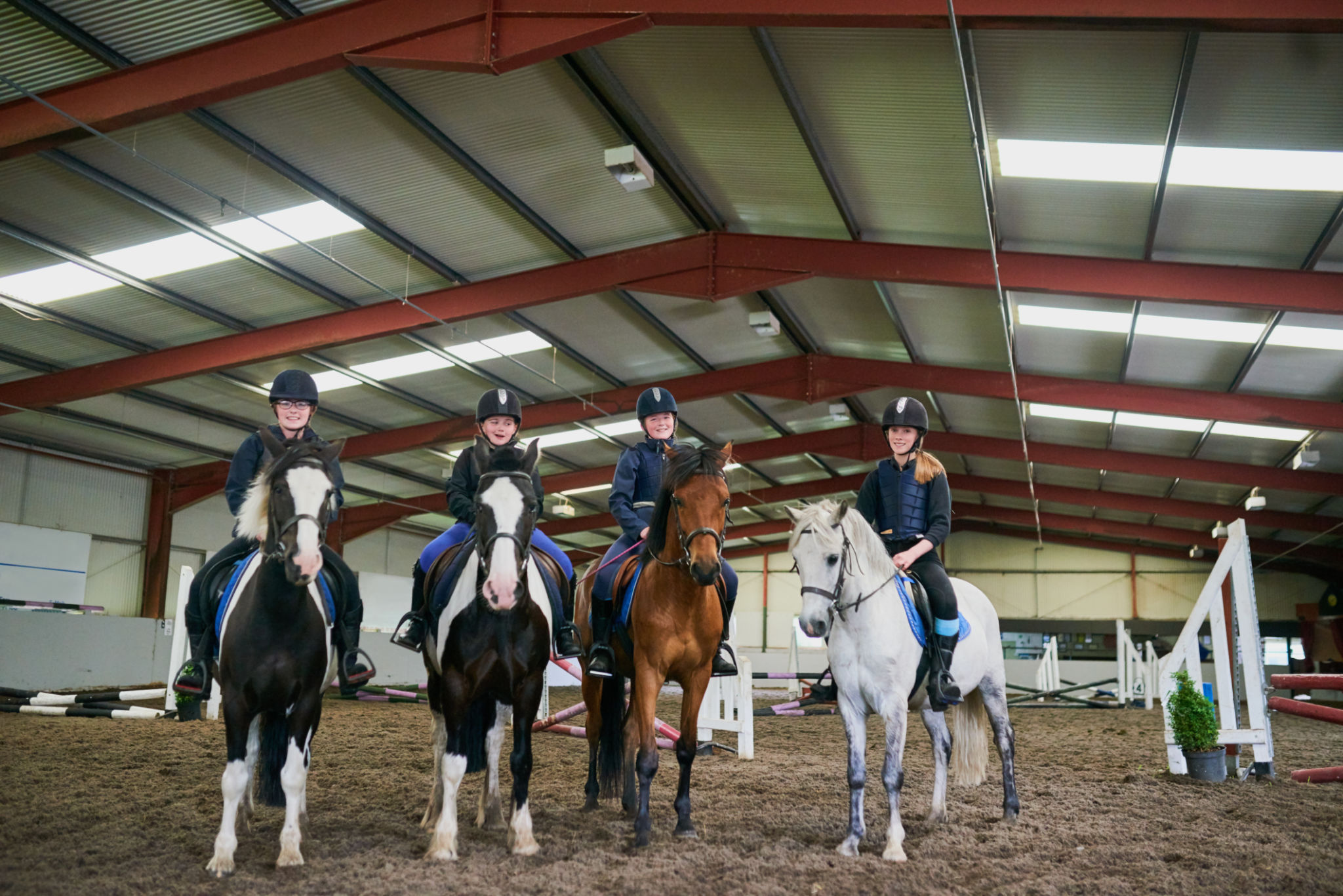Transforming Equestrian Properties: Key Considerations for Development in Florida
Introduction to Equestrian Property Development
Florida, with its warm climate and picturesque landscapes, has long been a haven for equestrian enthusiasts. Transforming equestrian properties in this region presents unique opportunities and challenges. Whether you're considering developing a private estate or a commercial facility, understanding the key considerations for development is crucial.

Understanding Zoning and Land Use Regulations
Before embarking on any development project, it's essential to familiarize yourself with local zoning and land use regulations. Florida has specific guidelines that dictate how land can be used, especially in rural areas where equestrian properties are typically located. Consulting with a local zoning expert can help you navigate these regulations and ensure your project complies with all legal requirements.
Permits and Approvals
Securing the necessary permits and approvals is a critical step in the development process. This includes building permits, environmental clearances, and any special permits related to equestrian activities. The process can be time-consuming, so starting early and working with professionals who understand the local requirements is advisable.
Designing Functional and Aesthetic Spaces
A well-designed equestrian property balances functionality with aesthetics. Key features such as stables, riding arenas, and paddocks should be planned to maximize efficiency and safety. Additionally, incorporating elements that enhance the property's natural beauty can create a more inviting environment for both horses and humans.

Incorporating Sustainable Practices
Sustainability is increasingly important in property development. Implementing eco-friendly practices not only benefits the environment but can also reduce long-term operational costs. Consider installing solar panels, using sustainable materials, and implementing water conservation techniques to create a more sustainable equestrian property.
Infrastructure and Accessibility
Developing an equestrian property requires careful consideration of infrastructure and accessibility. This includes ensuring adequate roadways for easy access, reliable water supply systems, and proper waste management facilities. Additionally, consider the proximity to veterinary services, feed suppliers, and other essential amenities.

Community Considerations
Engaging with the local community can be beneficial when developing equestrian properties. Building positive relationships with neighbors and local businesses can facilitate smoother project execution and foster goodwill. Hosting open houses or community meetings can provide valuable feedback and support.
Conclusion: Planning for Success
Transforming equestrian properties in Florida involves careful planning and consideration of various factors. By understanding zoning regulations, designing functional spaces, incorporating sustainable practices, and engaging with the community, you can create a successful and harmonious development. As with any significant project, working with experienced professionals can help navigate the complexities of equestrian property development and ensure your vision becomes a reality.